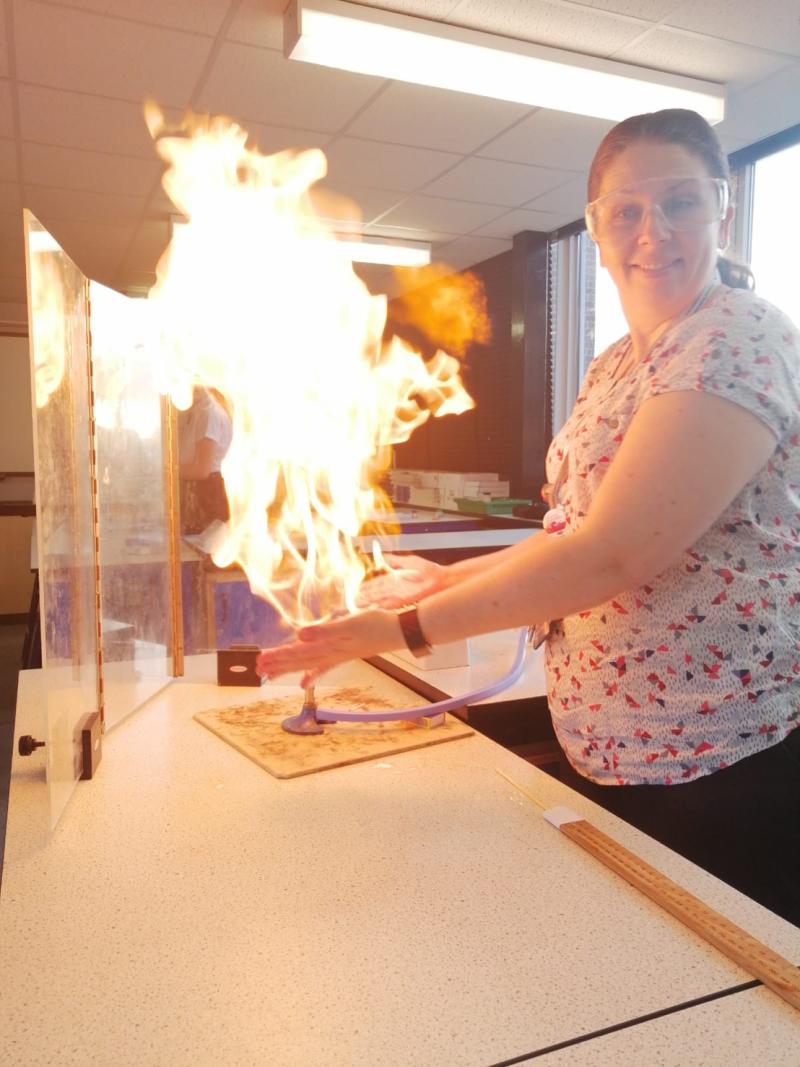As a teacher, I am always striving for ways to determine if students are making progress, hoping to identify those pupils who would benefit most from targeted intervention and also to give context to parents to help them understand if their child is doing OK. At my school, we need target grades for every student and in every subject. This year I was asked to determine the target grades for the students in Year 9 and 10 Science to ensure that there was parity across the year group. Initially, I thought this would be an easy enough task, but I soon realised it was not as cut and tried as it first seemed. . . .
Target setting is a complex issue, with many ways to set them. We should always design the targets so that students will be sufficiently challenged to meet performance estimates. In Secondary phases, these estimates are often generated by Fischer Family Trust (FFT) data. These data use probability outcomes based on KS2 performance and previous performance of similar students.
Therefore, target setting for the end of Year 11 is relatively simple. If teachers and schools are to be measured on the estimates generated by FFT, then the target must be to meet or beat FFT at the end of Year 11, as the GCSE is the summative assessment data. However, in my experience, students often increase by a whole grade from mocks to results. Therefore, if the target is designed to sufficiently challenge a student, there is an argument to have two different target grades in Year 11: one in the autumn term set at one grade below FFT estimate; and one matching the FFT estimate in the spring term.
It is worth noting that schools are not held to account by the Department of Education for pupil targets and predictions. Therefore, local authorities or multi-academy trusts should not routinely request such information. In addition, the prediction of pupils’ attainment at the end of Key Stage 4 is not expected to be routinely be communicated to the learner or the parents. [1]
Government expectations
The Government says that the expected outcome at KS3 is a National Curriculum Level 5 or 6 [2]; this is broadly equivalent to grade 2 or 3 GCSE. The government also state that students are expected to make progress of one National Curriculum Level per key stage. Therefore, at KS4, students would be expected to reach NC level 6 or 7, which is broadly GCSE grades 3 to 5. This is in the context of a pass being a GCSE grade 4 and a good pass being a grade 5.

Generating targets – Year 9
Of course, there are no longer SATs examinations in Year 9. In many schools, the teaching of the GCSE course has begun. Often the GCSE is taught in topics and robust testing can be generated using past paper questions rooted in the topic being taught.
Therefore, targets could be generated from the FFT data, rounding to the nearest grade. However, if we do this students are likely to feel that they are underachieving, as they are unlikely to meet this grade in Year 9. This is due to several factors:
- The questions will be designed for a higher reading age
- Students are less experienced with exam technique at this stage
- Students do not have the full GCSE science capital that they will have once they’ve completed the course.

The Government has already set out that most students should reach GCSE grade 2 at this stage, with the most able students reaching grade 3, so these could be used as the target grades: any students with these grades would be meeting Government expectations for the end of Year 9. In addition, if these grades were met, students would be likely to reach a pass at GCSE and hence would be on target for GCSE success.
Generating targets – Year 10
By Year 10, students have gained science capital and are likely to be more familiar with the examination style due to low stakes topic tests and summer examinations. At this point, some students may overachieve compared to their FFT. This is usually in select topics that they enjoy most. Their higher motivation, coupled with being more skilled at preparing for tests and only learning a small topic at a time, leads to pleasing results. However, it is worth being mindful that changing the target grade at this point might motivate some students, but for others it could feel like it has now become an impossible target.

Flight paths can be used to modify the FFT estimate to approximately one grade lower each year. This is usually a graph with the expected learning trajectory for a student in that subject. They can be used by the student to plot their own progress when each test is completed, so they can see their own flight path compared to the expected flight path – very much like the growth charts for a baby in their ‘red book’ (for those who’ve had a baby in the UK!).

Be aware, though, that the Government Workload Advisory Group has stated that ‘flight paths’, where pupils are told the levels they will achieve based on the performance data of pupils with similar starting points in previous years, are not valid as a prediction, as they understate the variation in pupil trajectories of development.
Conclusion
However targets are generated, they can be used to motivate students. Mervyn Flecknoe of Leeds Metropolitan University has said that ‘being persuaded by a respected adult that one’s targets are too low, one’s goals are too modest, can be a spur towards much higher belief in oneself’. [3] Targets can help students to evaluate their performance and think about strategies to continue for success or where modifications can be made to improve. But targets that are unrealistic can be damaging to the self-esteem of the learner.
Some learners receive target information and feel that this grade is ‘in the bag’; that they just need to wait it out until the end of Year 11 and pick up the paper with the target grade written as their actual GCSE grade. So, targets can demotivate.
Target-setting is a sensitive process and we need to keep in mind the ability of the learner whilst also keeping their life chances open (getting a GCSE pass) and being mindful of the person beneath the numbers. So, ultimately having good relationships with students and making professional judgements might be the best way to set targets after all.

Sam Holyman is Second in Science at Aylesford School in Warwick, and formerly West Midlands ASE President. She is also the author of a number of best-selling science textbooks for KS3 and GCSE (including the AQA GCSE Foundation: Combined Science Trilogy and Entry Level Certificate Student Book), and a keen advocate of innovative teaching and learning.
Sam was nominated in the Teacher Scientist category for the Science Council’s 100 leading practising scientists, is a Chartered Science Teacher, and has recently been awarded a CPD Quality mark.
Additional resources
[3] http://www.leeds.ac.uk/educol/documents/00001476.htm
Also from Sam Holyman
✔️Insights from the 2019 AQA GCSE Combined Science Trilogy exams
✔️Are you (and your team) getting the most from your appraisals?

